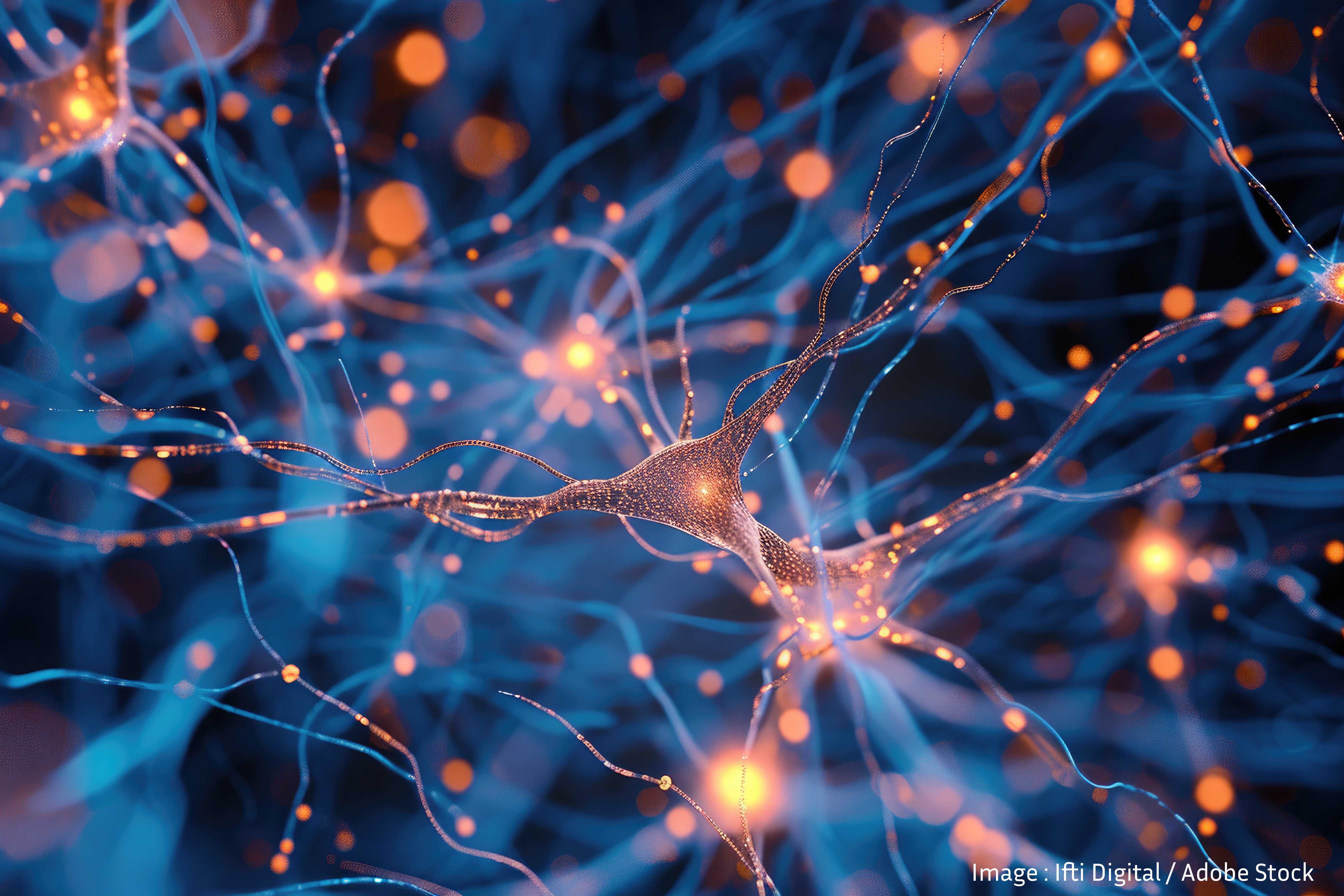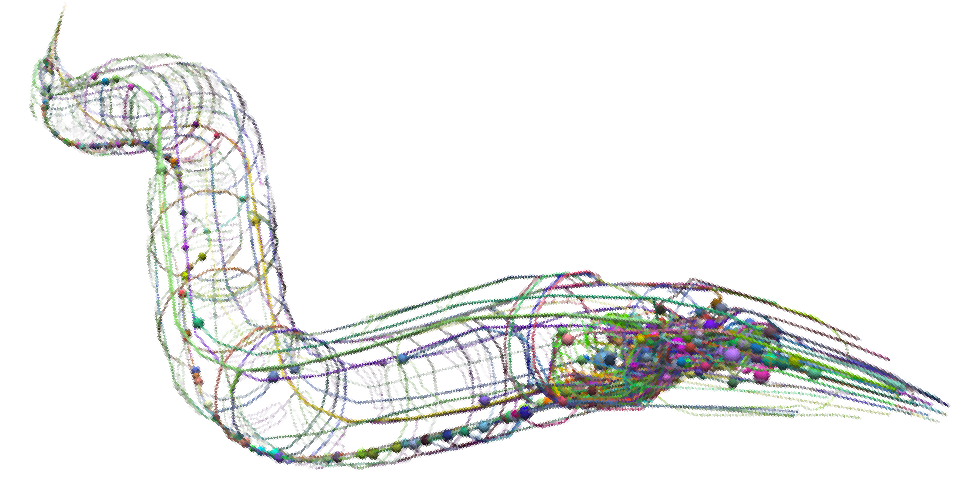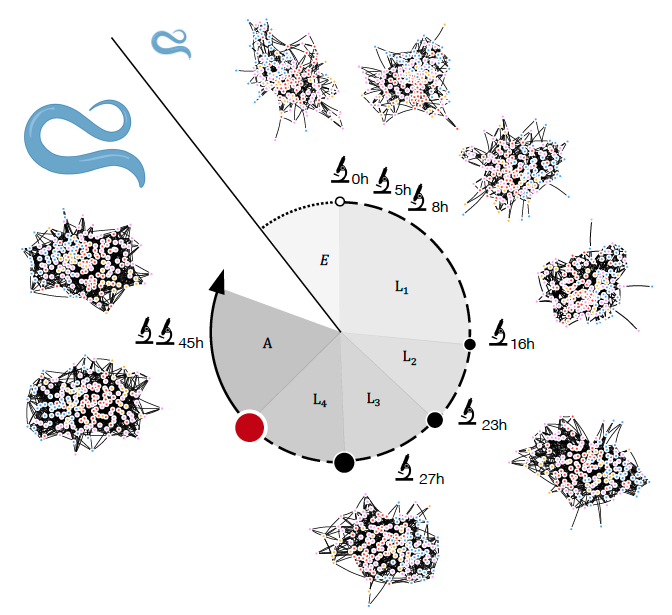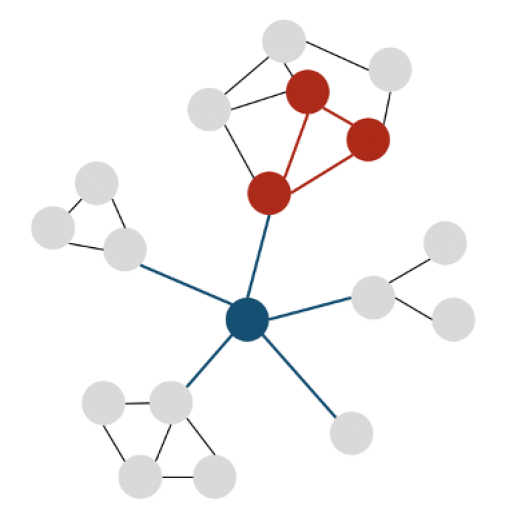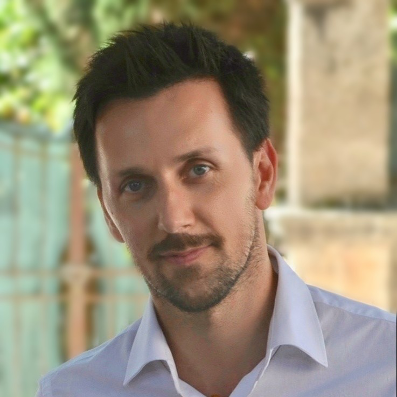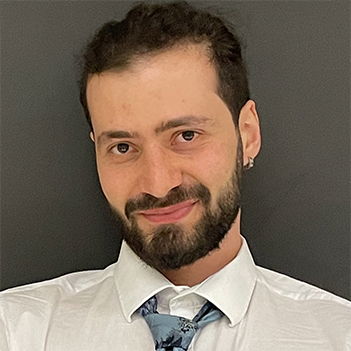The aim of the thesis undertaken by Vito Dichio, a former PhD student with the joint project team NERV (Inria, Sorbonne University, CNRS, Inserm), which was supervised by Fabrizio de Vico Fallani[1], was to demonstrate that the deployment of a full map of the neuronal connections within the brain follows simple mathematical rules.
On 1 March 2024, the results of Vito Dichio’s thesis were published in the prestigious journal Physical Review Letters under the heading: “Exploration-Exploitation Paradigm for Networked Biological Systems” (DOI: 10.1103/PhysRevLett.132.098402).
Studying living systems can be extremely daunting, given that they are often subject to random events which make their behaviour difficult to predict. The large number of interactions, the multiple levels of organisation and the constant dynamic which characterises them all make understanding them an arduous endeavour. In order to survive, these systems are forced to choose configurations which produce optimal functions, i.e. configurations which maximise their capacity to survive in their environment. They are also governed by functional constraints resulting from the laws of physics, time and energy, all of which dictate evolutionary compromises. As a result, analysing biological systems remains a significant challenge for those researchers seeking to model such systems.
If we are to deepen our understanding of the development of biological systems, it is imperative to grasp:
- How they explore the space of possible configurations (the “functional landscape”) in order to discover new things – the dynamic of “exploration”.
- How they identify the optimal states for responding to specific functional requirements, which enable them to survive – the dynamic of “exploitation”.
Vito Dichio and Fabrizio de Vico Fallani set out from the premise that biological processes are governed by simple organisational rules which seek out an optimal balance between chance and necessity in order to maintain a viable functional configuration. The researchers sought to describe this in mathematical terms, the goal being to simulate the development of the brain.
